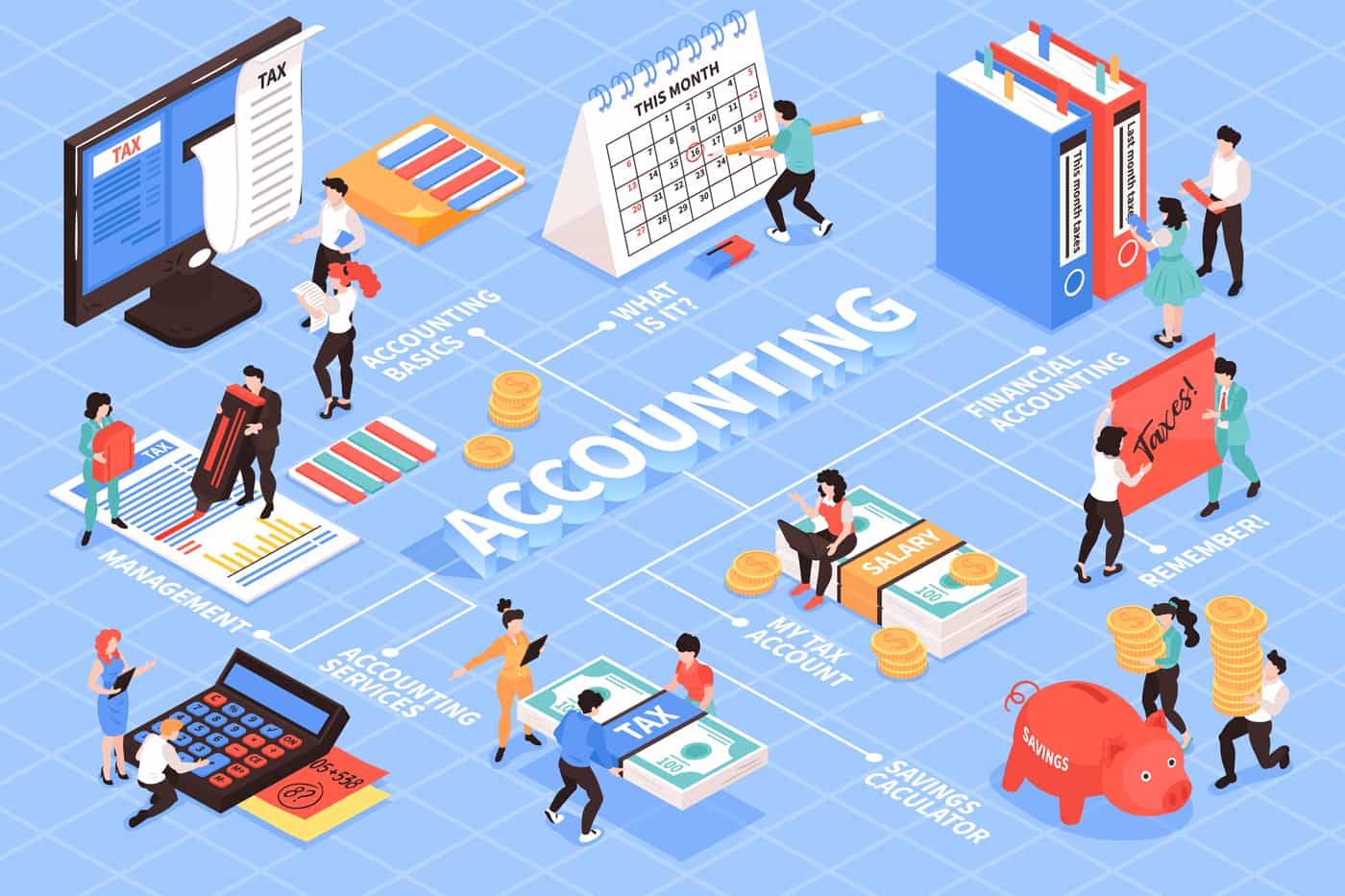Accounting systems keep track of a company’s or organization’s income and expenses. Accounting methods, however, are tailored to a company’s specific accounting requirements. Accounting for a construction company is vastly different from accounting for a retailer. A manager must define his company’s and industry’s specific accounting needs and then select a system that meets these needs. Some businesses require extensive inventory tracking, while others require detailed reports on accounts receivable and work-in-progress.
A good accounting system should include managerial reports, financial statements, reports for outsiders, and sufficient information to file tax returns.
Manufacturing Accounting Systems
Manufacturers create and assemble products, so their accounting systems should include data on inventory, labour hours, overhead costs, and sales commissions. A manufacturer’s inventory can be divided into three categories: raw materials, products in production, and finished products. A manufacturer must also know how many man-hours are spent on each product.
Payroll systems must track at least three types of personnel: hourly manufacturing labour, salaried administrative staff, and commission-based salespeople. To determine the individual costs to make each product, overhead expenses must be allocated to manufacturing expenses.
Retail Accounting Systems
A retailer’s business consists of buying and selling products. A retailer’s accounting system includes detailed inventory reporting. These details should include inventory levels, annual turnover rates, product profit margins, and reorder points. Because most retailers purchase a wide variety of products, their accounting system requires detailed information on the status of accounts payable, delivery times, and available discounts.
Retailers sell for cash, so they require information about their bank accounts, as well as credit card processing times and fees. For real-time reports, point-of-sale equipment should be directly connected to accounting software.
Distributor Accounting Systems
Distributors’ accounting systems are similar to retailers’, but because distributors typically sell on credit terms to their customers, they require more robust reports on their accounts receivable. Several people in the office will most likely require access to accounts receivable reports in order to contact customers and follow up on late payments.
Distributors, like retailers, require detailed inventory information, such as the cost of each item, sales per product, and profit per product.
Construction Accounting Systems
Contractors have unique accounting system requirements. They must be able to track the costs and progress of their construction projects. Contractor accounting systems should report the material costs of products used in each project, the number of labour man-hours consumed, and the project’s percentage of completion.
Contractors typically finance their projects with bank lines of credit. As a result, their liabilities should include information about the amounts drawn down on credit lines and loan due dates.
Nonprofit Accounting Systems
Nonprofit organisations must keep track of their donors in order to determine who is donating money to them. An NPO is required to send end-of-year donation statements to donors for use with tax filings.
Nonprofit accounting systems should be capable of producing income and expense reports for presentation to a board of directors, major donors, and the government. Nonprofit executives require reports that compare contributions to individual programmes to budgeted amounts.
Accounting systems come in a variety of configurations that are tailored to the specific needs of an industry. While the primary purpose of an accounting system is to track income and expenses, there are numerous methods for doing so. When considering accounting programmes for their company, business managers must take a step back and identify their exact needs. Managers require customised internal reports for decision-making, financial statements for investors and creditors, and accurate data for tax returns.





